So before I got sucked into the depth of Halloween sewing and prep, I actually finished a pretty major sewing project for me. I love a good button-up, especially a gingham button-up, but I don't often sew them because of all the pieces/time required.
But I've been seeing all of the beautiful Archer shirts popping up over the sewing blogosphere since it's release, and I had some beautiful grey gingham in stash so I put sewing an Archer for me on my list of goals for the year, and there you go.
This was my first experience with a Grainline pattern, and while I wish I had sprung for the printed pattern (not a big fan of the printing and taping), I found the drafting and instructions solid. I've only made a few button-ups, but this was my best go at a collar stand yet, which was a good thing, because I had zero fabric to spare. As I said, I was using fabric from my stash and I had 3/4 yard less than recommended. By scrapping the pocket, I managed to fit everything, just barely, onto my yardage. Leaving me only with teeny tiny scraps left over. Even so, I still did some pretty decent pattern matching. Thank goodness the gingham was small scale!
Most the interior seams are covered nicely by the yoke, but open ones I just kept simple and zig-zagged. I'd probably go for flat-felting on another version.
Would I make another? I think yes. I like this version, but I don't love it. But I think most of my issues could be easily rectified in version two.
I didn't make a muslin and the fit isn't quite right. I cut a straight size 12, but ended up grading out my seams for more room in the hips. The finished fit is good in the hips and bust, but I find that there is way too much fabric in the waist. I'm not sure if it's just a boxy cut, or the heaviness of the fabric, but especially in the back, it's too much. Fortunately, because I didn't flat fell my seams, I can take it in pretty easily, which I haven't gotten around to yet.
But even as is, it's super comfy and looks good under a sweater, so it'll get a lot of wear.






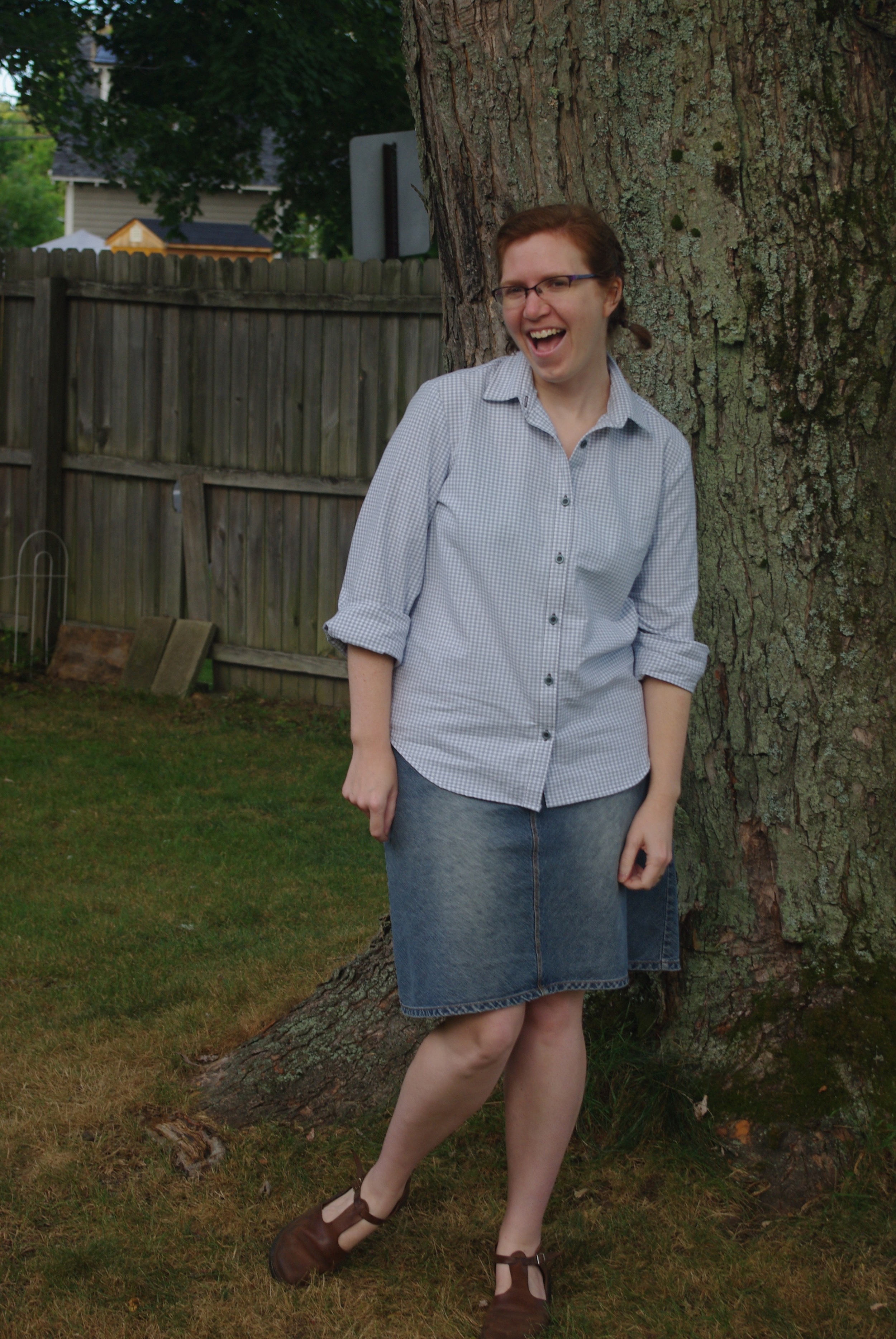




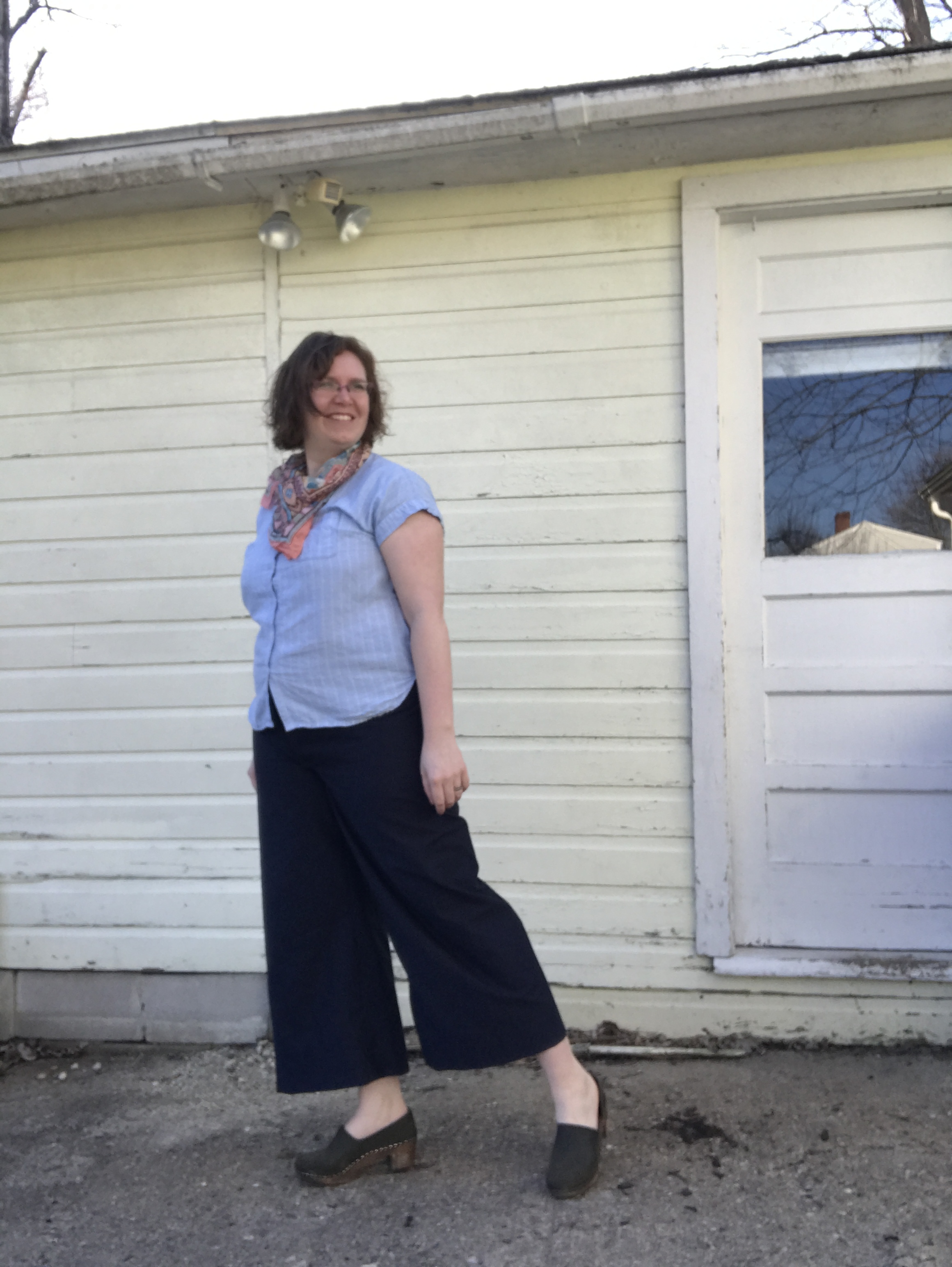





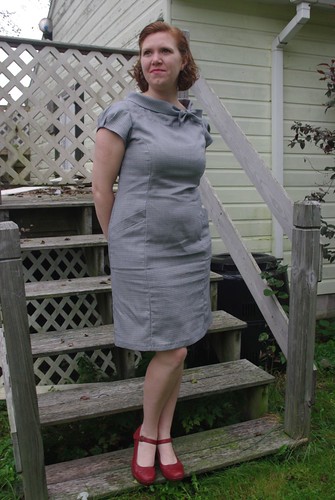

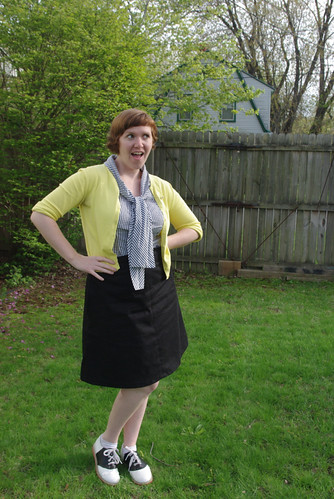
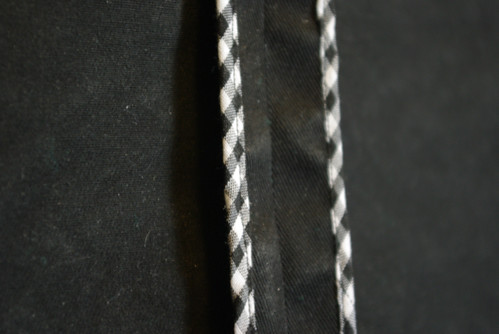
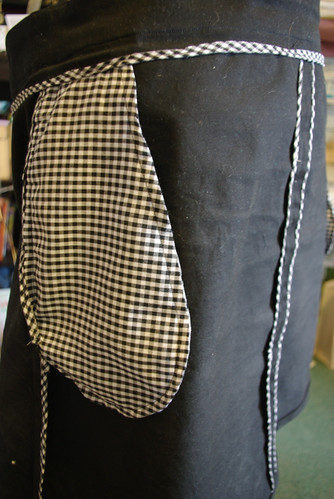

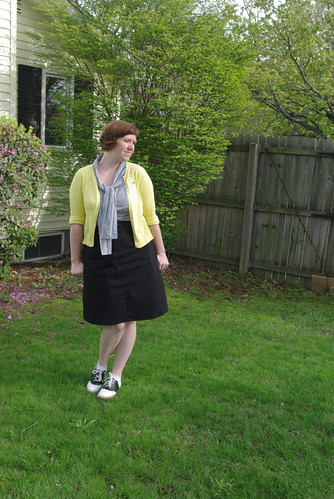
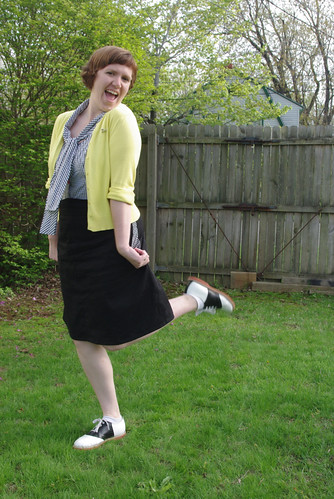
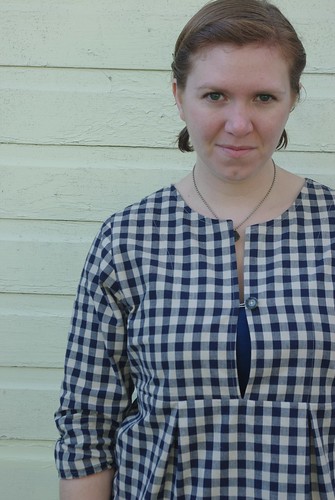
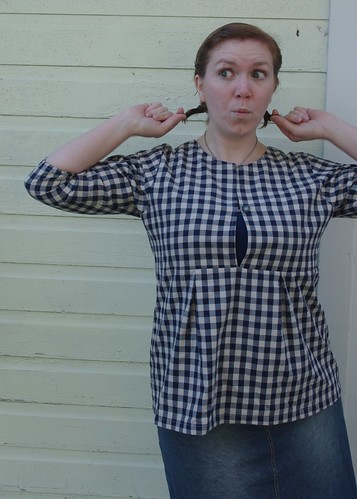

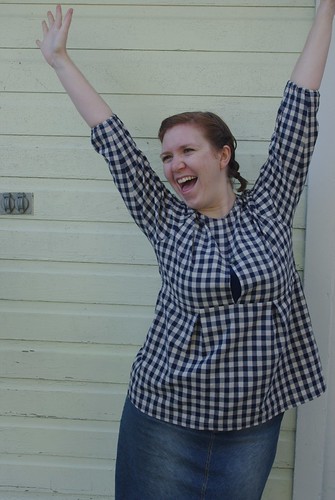

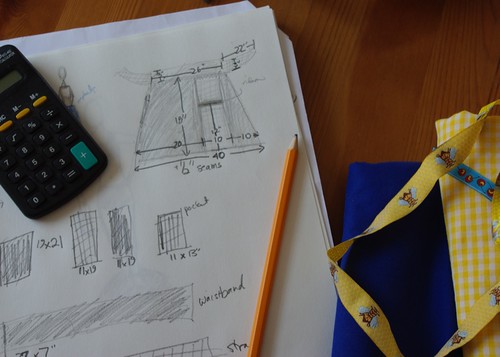
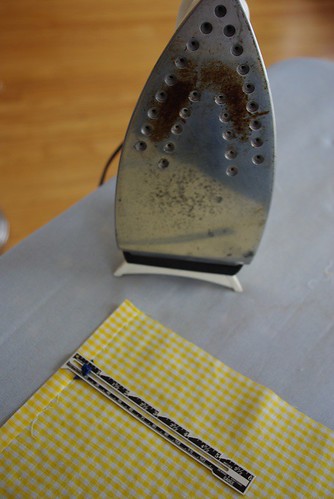
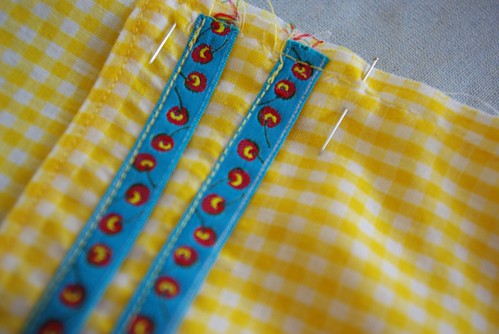



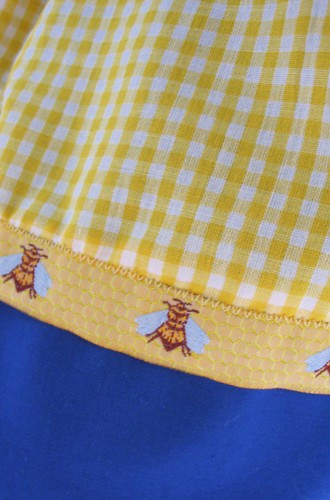
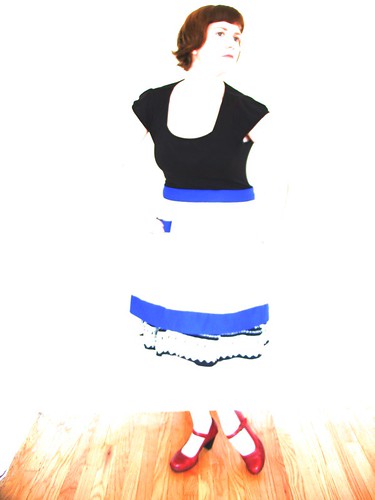
Wherein I talk about body image, mental health and making your own clothes, one year later...